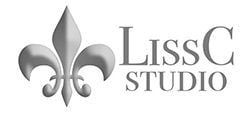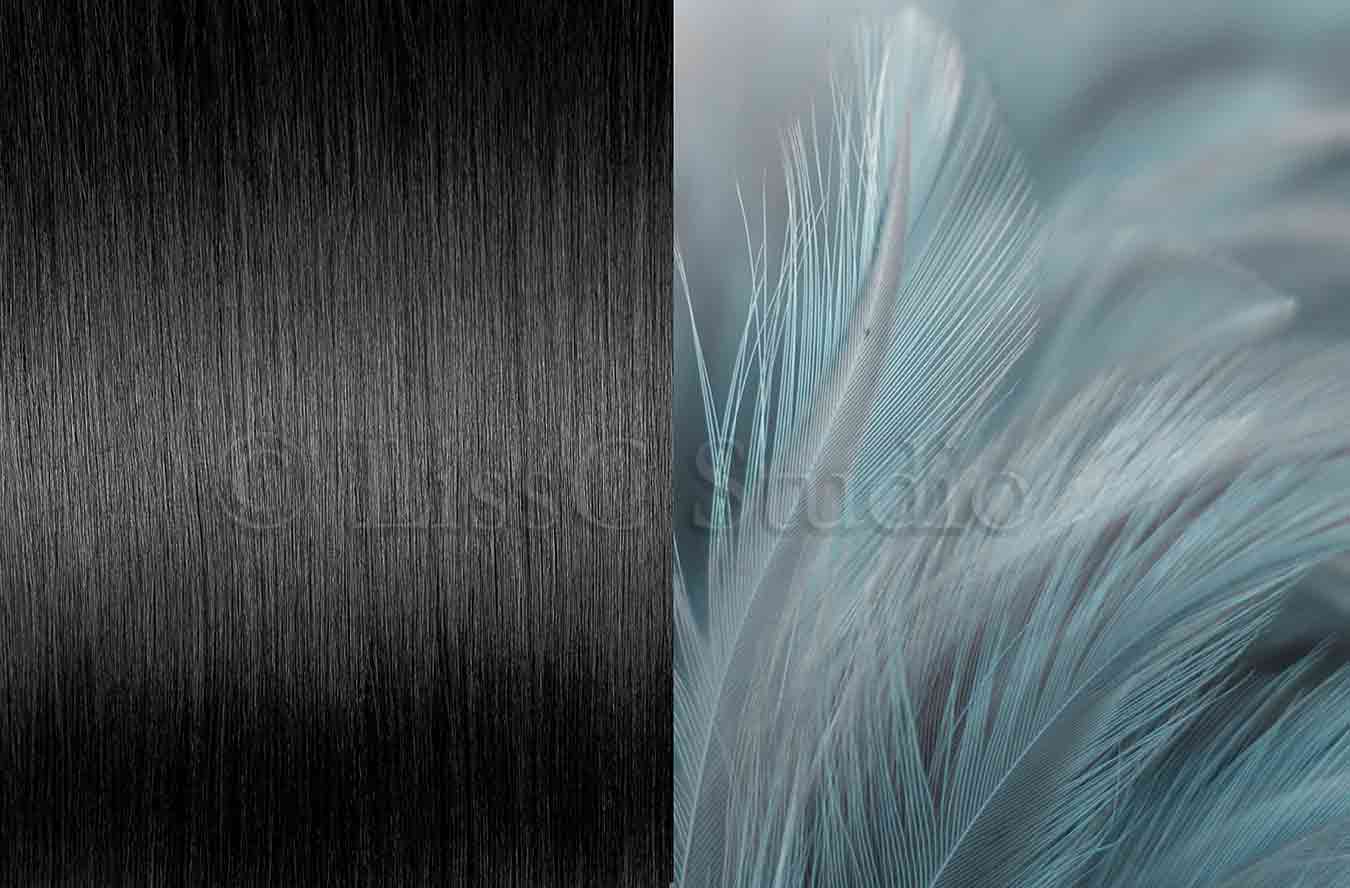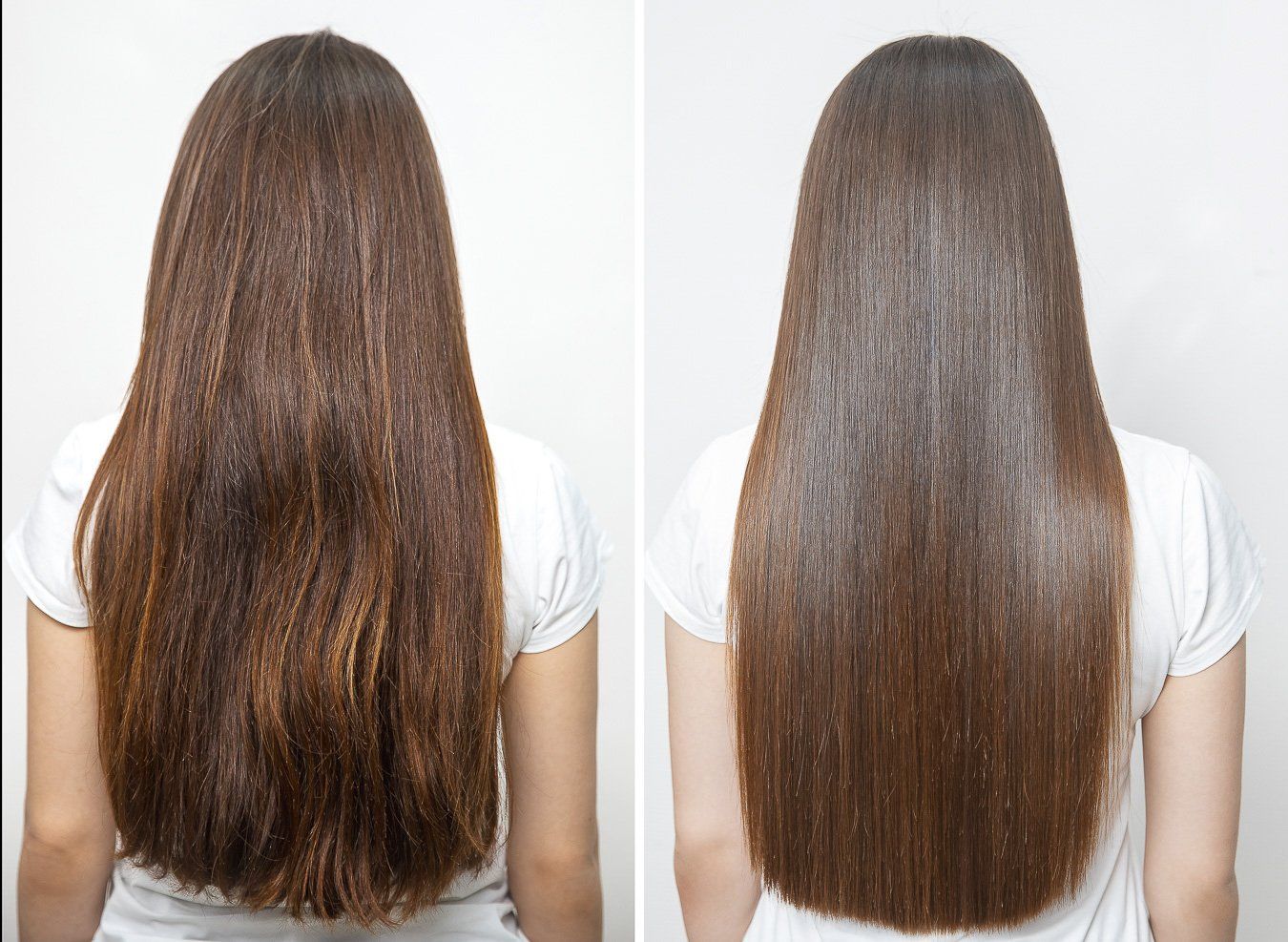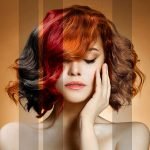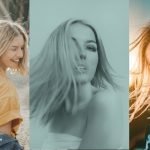Keratin Treatment Differences: Hair Straightening and Anti-Frizz Smoothing.
Keratin (/ˈkɛrətɪn/) is a protein known as scleroproteins. α-Keratin, Found in vertebrates, is the primary structural material making up feathers, scales, calluses, horns, hooves, claws, and the outer layer of skin among vertebrates, As well as human skin, nails, and hair. Indeed, hair is 95% made of Keratin. Keratin protects cells from damage or stress and is exceptionally insoluble in water and organic solvents. Keratin molecules assemble into bundles to form rigid filaments and strong, unmineralised epidermal appendages in reptiles, birds, amphibians, and mammals. Keratin has two types: the primitive, softer (lower in sulfur) forms found in all vertebrates and the more challenging (high in sulfur), derived forms found only among reptiles and birds. Keratin resists digestion, which is why cats regurgitate hairballs.
Spider’s web is classified as Keratin, although the protein production may have evolved independently of the process in vertebrates. In humans, Keratin is produced by cells deep-rooted in the epidermis.
Following a continuous process, cells are pushed to the surface on the skin level, making space for new cells. Then they dry, harden, thicken, and die, which flakes and is wiped off naturally. This hardening comes with keratin production.
The hair bulb, made of similar cells, goes through the same process. The “old” cells migrate to the surface to make room for new ones. Therefore, hair is a “keratinised” group of cells or, better said… a body of dead cells.
Yeah, they are dead, but they make a soft material that seems alive and is still very malleable.


Amazing cut and healthy hair care straightening. Before and after treatment.
Keratin and its gifted fibre
It seems simple; a fibrous protein high in amino acids.
Nevertheless, its Hydrophilic, Elastic, Resilient, but malleable and remarkable properties give hair a fantastic radiance factor.
An undisturbed and well-balanced keratine allows hair flakes to be evenly organised as a smooth surface, enabling light to reflect efficiently and giving hair its radiance aspect. On the other hand, when the flakes are disconnected, the hair will appear dull and tired.
Thanks to its hydrophilic and endogenous properties (the Keratin of our own body), it is possible to use the Keratin’s malleability to alter the hair’s shape for longer than mere brushing can do. Perms, Uncurling, and straightening are the best examples. The process is quite “simple”: Flakes are opened with an alkaline additive to access the Keratin and soak with it—the disulfide bonds, which “glue” the keratin fibres, are broken. As a result, hair no longer has a shape. One has “only” to set the desired shape, then “reconnect” back the disulfide bonds—Keratin cosmetics active ingredient, so that the Keratin is entrapped in the fibres. The result is guaranteed!
Keratin is a cosmetic active ingredient.
Keratin is marvellous and has many characteristics, some very useful for us, including our beauty. The Keratin (raw, or more often hydrolysed) is used in cosmetic products for nourishing, restructuring, repairing, moisturising, smoothening and tonic hair fibres.
Conclusively, what Keratin can do, in many circumstances, is the release of its amino acids, which will then be helpful to nurture the cutaneous tissue and aid in repairing it.
Where does Keratin come from, and when used in our cosmetics?
The cosmetic industry is increasingly making keratin-design products, especially nail and hair care, formulated with Keratin from external sources. Nevertheless, does this exogenous Keratin ( coming from the outside) carry the same benefits as those given by our Keratin?
Animal Keratin
Sometimes, labels state that as “Natural”. Meant as: usually extracted from the horns and hooves of animals killed in slaughter-houses, more often now, from poultry feathers.
This kind of Keratin is not found in organic-labelled cosmetics, as animal extracts are banned in such products.
Sheep wool, sometimes used as “organic-compatible”, is available without sacrificing the animal that produces it or without suffering, although it’s not yet commonly used.
Phytokeratin
As this is a fashionable active ingredient, alternatives to animal keratin have been researched. It could be available from vegetable sources. This phytokeratin is a complex blend created by synthesising free plant amino acids such as wheat proteins (gluten), corn, soybean and proteins.
Not that bad at all, Ha! This rich amino acid substance relatively closely matches the one found in our nails and hair. It’s known that this exogenous origin can be as good as the animal origin.
The phytokeratin is structurally different from the “true” Keratin and does not allow for the same strengthening-sheathing effect. However, we are sure that the “keratin-like” trend, so efficiently used by the marketing departments, is here to stay for the foreseeable future.
Not equally created!
Keratine is nowadays an unmissable ingredient in the cosmetic industry.
It is present in some skin care products, shampoos, conditioners, masks, serums, and nail care products, and it is the primary ingredient of Brazilian straightening.
If you’ve ever had problems with even a tiny bit of frizz, you’ve probably thought or been advised to try a keratin treatment of some kind by a friend or hairstylist. (among others: “Brazilian blowout” and “Smoothing treatment.”) It’s been considered the “miracle” way to make hair shinier and smoother in just one visit to the salon.
Like all chemical-laden beauty treatments, not all keratin treatments are created equal or for every hair type.
Call it for what it is.
Many people get confused by the terminology. “They often refer to by different names for different treatments interchangeably, which is just incorrect”.
- A Traditional keratin treatment commonly called Brazilian blowout, which straightens out your hair texture”.
- Or Smoothing treatments, like Goldwell Kerasilk, help de-frizz hair and add shine without disrupting its texture.”
When you’re happy with your curls and waves but would love to calm down the frizz (and loosen your texture), go for a smoothing treatment. If you desire more refined and straight flat-ironed-looking hair, go for the Brazilian blowout.

Make sure what to get.
Yes, all hair-smoothing treatments use the protein keratin (which explains why people lump them all under “keratin treatments“). Still, Keratin isn’t the shining star of the treatments—the other ingredients are.
“The traditional Keratin treatment aims to straighten the hair and usually involves a formaldehyde-releasing solution”. Your hairstylist will permeate your hair with the solution for 20 minutes—”it coats your hair cuticle like armour”—before it gets blow-dried and methodically flat-ironed. “The entire process, when done correctly, will completely straighten out your hair texture and eliminate frizz for up to three months”.
“Smoothing treatments, differently, do NOT contain formaldehyde and deeply saturate the cortex of your hair, rather than sit outside the cuticle, to smooth your hair”. So the application process is the same, while the formula isn’t as potent (formaldehyde is necessary to get that flat-ironed look) but won’t precisely straighten your hair. “It will, however, last longer—generally anywhere from four to six months.”
